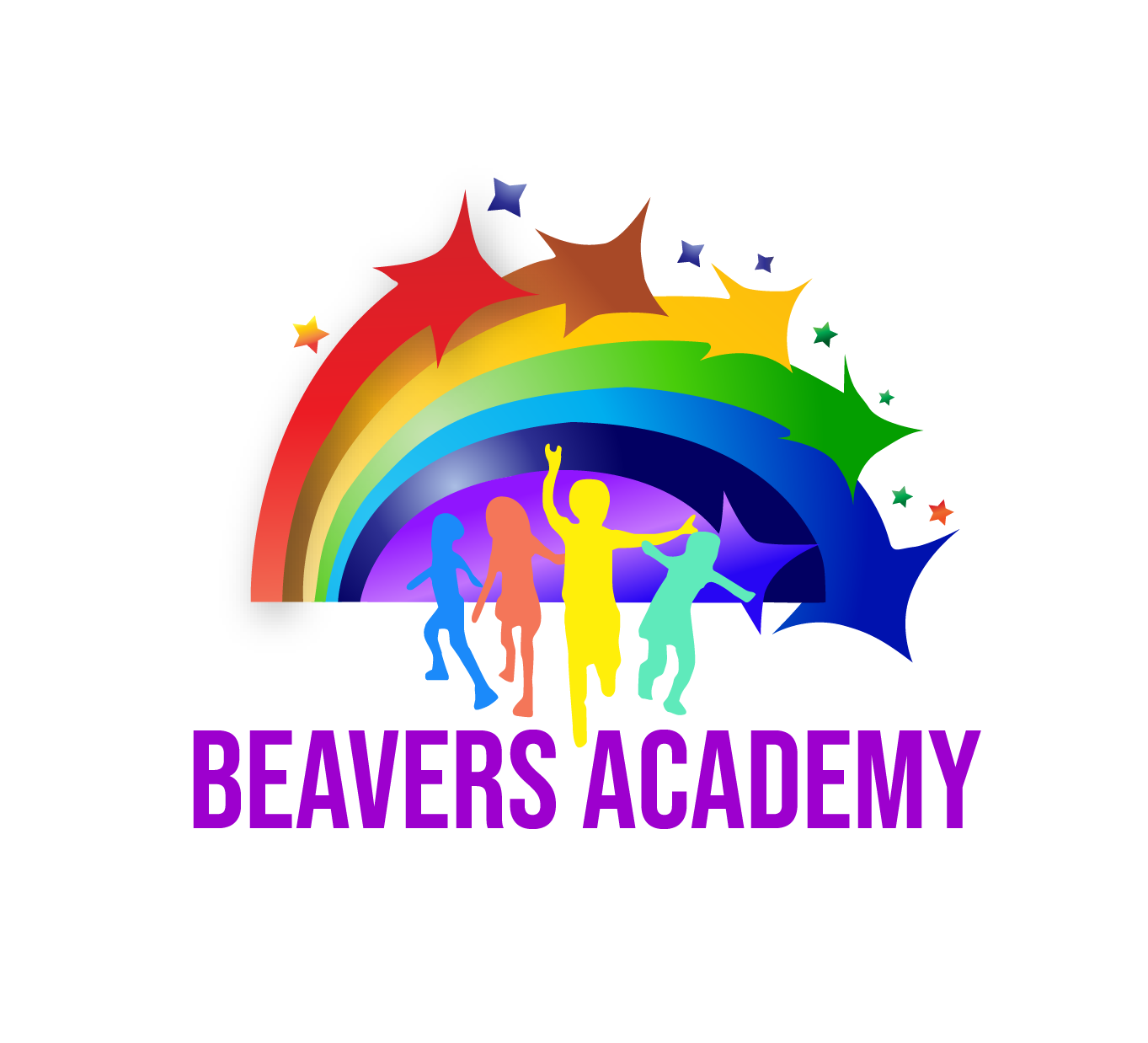Types of Abuse
Physical Abuse
This form of abuse may involve hitting, shaking, throwing, poisoning, burning or scalding, drowning, suffocating or otherwise causing physical harm to a child. Physical harm may also be caused when a parent or caregiver fabricates the symptoms of, or deliberately induces, illness in a child.
Indicators of Physical Abuse:- Bruising to the lips, mouth, neck, wrists, ankles, on both or either eyes or cheeks (accidents usually occur only on one side of the face).
- Burns, especially on soles, palms, back, and buttocks.
- Child becoming withdrawn or afraid when the perpetrator is around.
Emotional Abuse
This form of abuse includes the persistent emotional maltreatment of a child such as to cause severe and adverse effects on the child’s emotional development. It may involve conveying to a child that they are worthless, inadequate or unloved. It may include not giving the child opportunities to express their views, deliberately silencing them or ‘making fun’ of what they say or how they communicate.
Indicators of Emotional Abuse:- Regular controlling behavior of the perpetrator.
- Parents or caretakers place demands on the child that are based on unreasonable or impossible expectations.
- Bed wetting and soiling outside of expected chronological age.
- Unexplained changes in behaviour or personality.
Sexual Abuse
This form of abuse involves forcing or enticing a child or young person to take part in sexual activities, which may involve physical contact or non-contact activities, such as involving children in looking at, or in the production of, inappropriate images.
Indicators of Sexual Abuse:- Infection not appropriate for the chronological age of the child.
- Pain, itching, bleeding, bruising, or unusual discharge to the genital area or anus.
- Urinary infections or sexually transmitted infections.
- Becoming withdrawn.
Neglect
This form of abuse includes the persistent failure to meet a child’s basic physical and/or psychological needs, likely to result in the serious impairment of the child’s health or development. It may also include neglect of a child’s basic emotional needs.
Indicators of Neglect:- Being frequently absent from school.
- Inappropriate clothing (e.g., shoes too small, clothes are ill-fitted).
- Clothes are consistently dirty or smelly.
Roles and Responsibilities
Beavers Academy staff members and volunteers must:
- Maintain a professional relationship with children at all times.
- Act by sharing information on early signs of abuse and neglect.
- Listen to the views of the child.
- Develop a culture of mutual accountability so that potentially abusive behaviour can be challenged.
- Empower children by raising their awareness of what abuse is and how they can report such behaviours.
- Ensure records are accurate and factual.
Child Protection and Safeguarding Procedure
If you witness, suspect, or a disclosure is made about a case of child abuse, the following procedure should be followed:
- Stay calm at all times and provide reassurance to the child or young person.
- Ensure the child is in a safe and protected place.
- If urgent action is required, make arrangements for medical attention.
- Do not confront or challenge the alleged perpetrator directly.
- Do not investigate the matter until authorisation has been given.
- Record all concerns relating to the case.
- Report all safeguarding and child protection concerns to the Proprietress or Administrator.
Likely Questions to Ask Children
- ‘Tell me about how you got that bruise.’
- ‘What happens at home when you misbehave?’
- ‘Has anyone touched you or asked you to touch a private place on your body?’
- ‘I noticed that you have been missing school lately. Can you tell me why?’
Action Required (Listen, Reassure, and Respect)
When you are handling a disclosure or suspicion of abuse, always listen actively, provide reassurance, and respect the child’s feelings.

